In this 4-part series we’re looking at a concept called Drift, what it is and how it occurs and ideally how to prevent it. Drift is an important concept for any organizational leader to understand because it’s a reason that organizations fail precisely because they’re doing well.
Drift is when “local decisions that made sense at the time cumulatively become a set of socially organised circumstances and norms that make the system more likely to produce a harmful outcome”.
In Part 1, I introduced the trigger to drift, the Local Rationality Principle. There are three ingredients to this Principle and in Part 2 I explained the first ingredient; that is, every organization is dealing with conflicting goals which cause people to make trade-offs at the expense of health and safety. Overtime, these tradeoffs cause us to drift towards an unacceptable safety boundary where incidents occur.
In Part 3, I outlined the second ingredient, the normalisation of deviance. This is where “people within the organization become so accustomed to deviant behaviour that they don’t consider it as deviant, despite the fact that they far exceed their own rules for the elementary safety”.
The 3rd ingredient to the Local Rationality Principle that leads to drift is called Practical Drift.
Human Behaviour: Corporate Policies vs Local Practices
The concept was first introduced by organisational theorist, Lieutenant Colonel Scott Snook who investigated why two U.S. F-15 fighter jets accidentally shot down two U.S. Black Hawk Helicopters over Northern Iraq in 1994, killing all twenty-six peacekeepers onboard. Snook found that people will do what locally makes sense to them, given their goals, knowledge and focus of attention in that setting.
For example, the behaviour and practices we undertake through every day work is seen to “work” and becomes “legitimized through unremarkable repetition” – unremarkable meaning there was no incident so that behaviour is seen as acceptable or effective, or not report worthy, even though that behaviour was not in line with procedure or rules. Over time, corporate designed, but locally impractical procedures, lose out to practical action when no one complains. Gradually, locally efficient behaviour becomes accepted practice or socially accepted norms.
Just like the normalisation of deviance and the trade offs we make to get the job done at the expense of health and safety, practical drift is relying on past success to predict future success and these practices gradually become normalised – which is why accidents can happen without anything breaking, without anybody erring, without anybody violating the rules they consider relevant, and this is why drift is so difficult to see.
Snook’s investigation found that local units develop their own logic and procedures and routines, away (and differentially so) from the centrally dictated ones and “over time, practical drift leads to “the slow steady uncoupling of practice from written procedure”. This is normal, as operational people discover that the original rules don’t fit most situations most of the time and given this sense of awareness and perhaps frustration with procedures and rules that don’t support local work or don’t make work easy to do the right way, people will act in ways that align better with their perception of the demands at the time. People start bending and breaking the rules and the mismatch between what is needed locally and what is required at a corporate or global level occurs much more frequently, particularly as end users start to gain more personal experience and they accept that the changes they’re implementing work better than the original /corporate rules and procedures.
Human Behaviour: Rules vs Working Conditions
Rules therefore become less important in shaping action; whereas, task demands, and environmental changes become more important in influencing how work gets done. Other deviations people make from the corporate rules at a local level might include developing shortcuts and local optimisations which reduce people’s workload or improve productivity or efficiencies – remember in Part 1 I showed you Rasmussen’s drift toward danger migration model that depicts some of these conflicting external pressures such as trying to be efficient, productive and safe at the same time. There’s no way around these pressures, there’s only room for manoeuvring inside the space.
One of the ways we can tackle practical drift is to ensure that workers are involved in creating the systems of work that they need to use. Quite often people in head office or safety personnel create systems that are not in consultation with the end users, and we have a tendency to create systems that are overly complicated, bureaucratic, or they’re not effectively integrated with the way work actually gets done, so they end up sitting in silo and are forgotten about or simply not helping people perform their work.
Bureaucratic Systems
And the board plays an interesting role in this bureaucratisation of organizational systems. For example, when an incident occurs and you ask why people didn’t follow the procedure you’re indirectly influencing people’s perception that the procedure or more rules and control are the answer to safe behaviour. Or when you accept corrective actions that suggest, “we’ll update the procedure with that new step or process” – you’re indirectly contributing to people’s assumption that more detail in the procedure is going to prevent this issue from happening again, when that’s not necessarily the case.
We also need to ensure that organizational resources are put towards understanding how work gets done, not focussing all of our resources on putting together elaborate plans that cannot reflect in full what happens day to day. We need to find the activities, the decisions, the practices where people feel the system doesn’t make it easy for them to do their job the right way, because the right way will inevitably be the safest and healthiest way because people don’t want to be hurt or ill and they are not a problem for us to solve, they are the solution to the adaptability and flexibility we need in the complex systems in which we work, that are inherently unpredictable.
What Snook discovered after a 2-year investigation was that there were no bad guys, and no one to blame. There weren’t any catastrophic failures of material or equipment, hence nothing to fix. This accident occurred not because of something extraordinary but because of the opposite. Practical drift is just normal people doing their normal jobs in a normal organization, but it was the impetus to tragedy.
On an organisational level we can learn that just because something isn’t broken, doesn’t mean that it isn’t breaking. Human beings are bad monitors of systems that rarely fail and we find it difficult to learn from failure given the emotions attached to failure, so we can’t wait for things to fail in order to learn – another reason why measuring success with safety by the absence of adverse events is not helpful.
Even though drift is difficult to see, here are a few tips for you to think about in your governance role to help prevent drift or at least monitor for red flags.
Proactive Governance Measures
From a proactive perspective:
- Don’t measure the success of health and safety in your organization by the absence of negatives like injuries and illness. Safety should not be defined through instances where it is not present. This mindset has been to the detriment of many organizations. Ensure that organizational resources and attention are put to finding the activities, the decisions, the practices where people feel the system does not make it easy for them to do their job the right way, because the right way will inevitably be the safest and healthiest way.
- In a similar context, treat success and reliability with chronic suspicion. One of the ways we do this is by maintaining a chronic unease; that is, we have a healthy scepticism about our decisions and the management of risks. Chronic unease is a key feature of resilient organisations because chronic unease prevents complacency.
- Don’t let past success determine future success – this is a principle of complex systems – the past cannot predict the future because complex systems are inherently unpredictable.
- Consider that just because we have the ability to implement further control, it doesn’t mean we should. When it comes to control sometimes less is more. People are the solution to our organization achieving success, they are not a problem to solve.
If you haven’t watched parts 1 – 3, I encourage you to take a look at those as well to get the full picture of drift and other tips I’ve offered in terms of your governance role.
Welcome!
I’m Samantha
I help board members succeed in the boardroom and make a positive impact on the health, happiness and resilience of society through their effective leadership and governance of safety, health and well-being.
RESOURCES
YOU MAY ALSO LIKE…
FEATURED CONTENT
[text-blocks id=”4249″ plain=”1″]
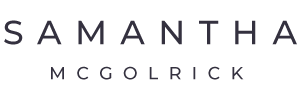
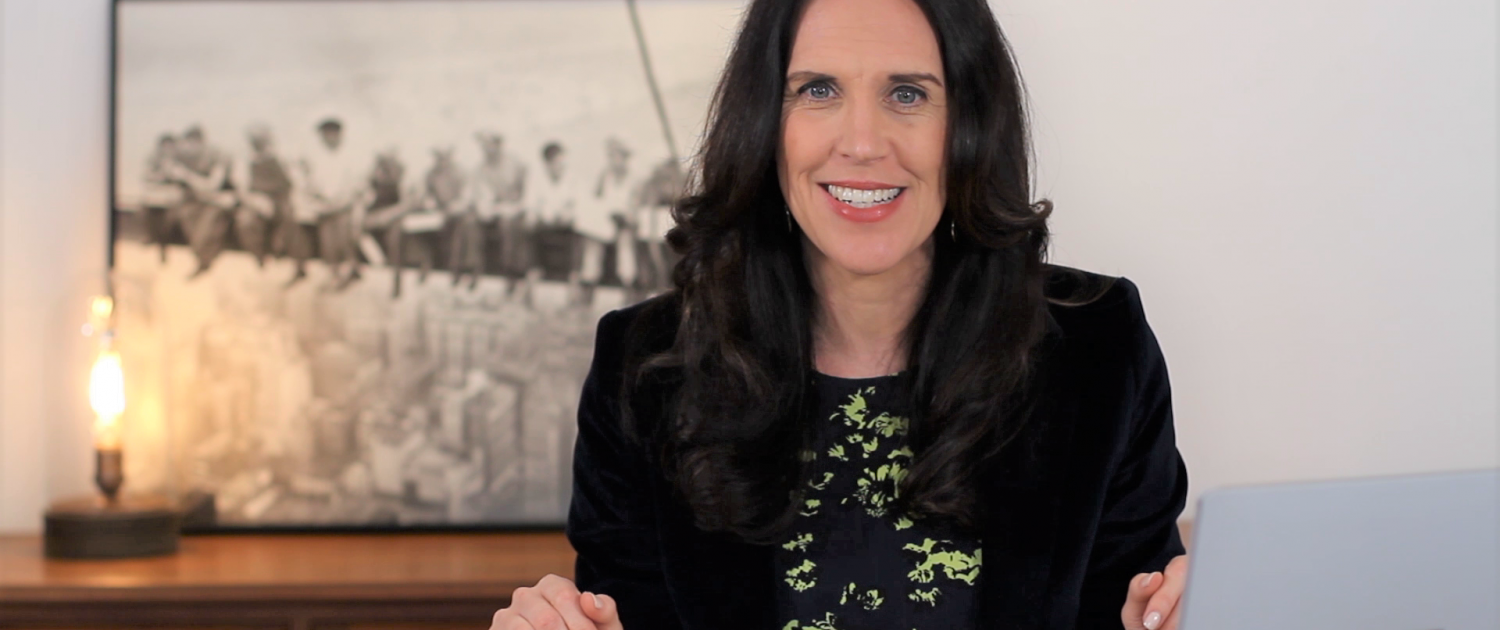


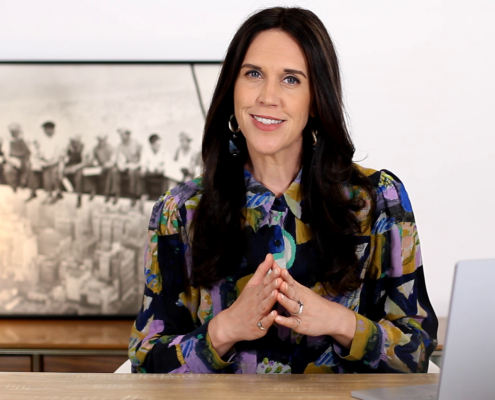
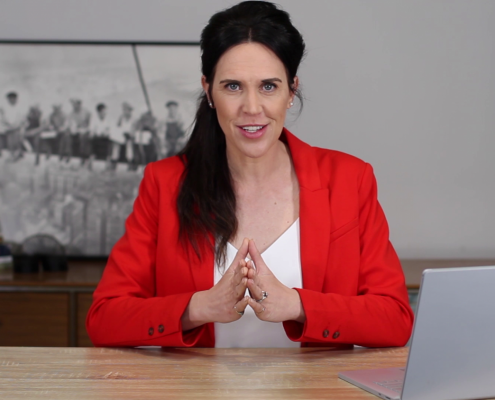
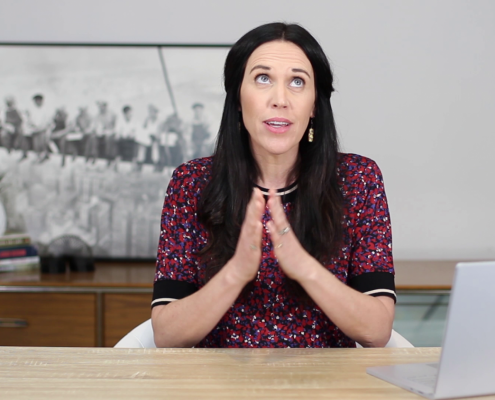

Let us know what you have to say:
Want to join the discussion?Your email address will not be published.